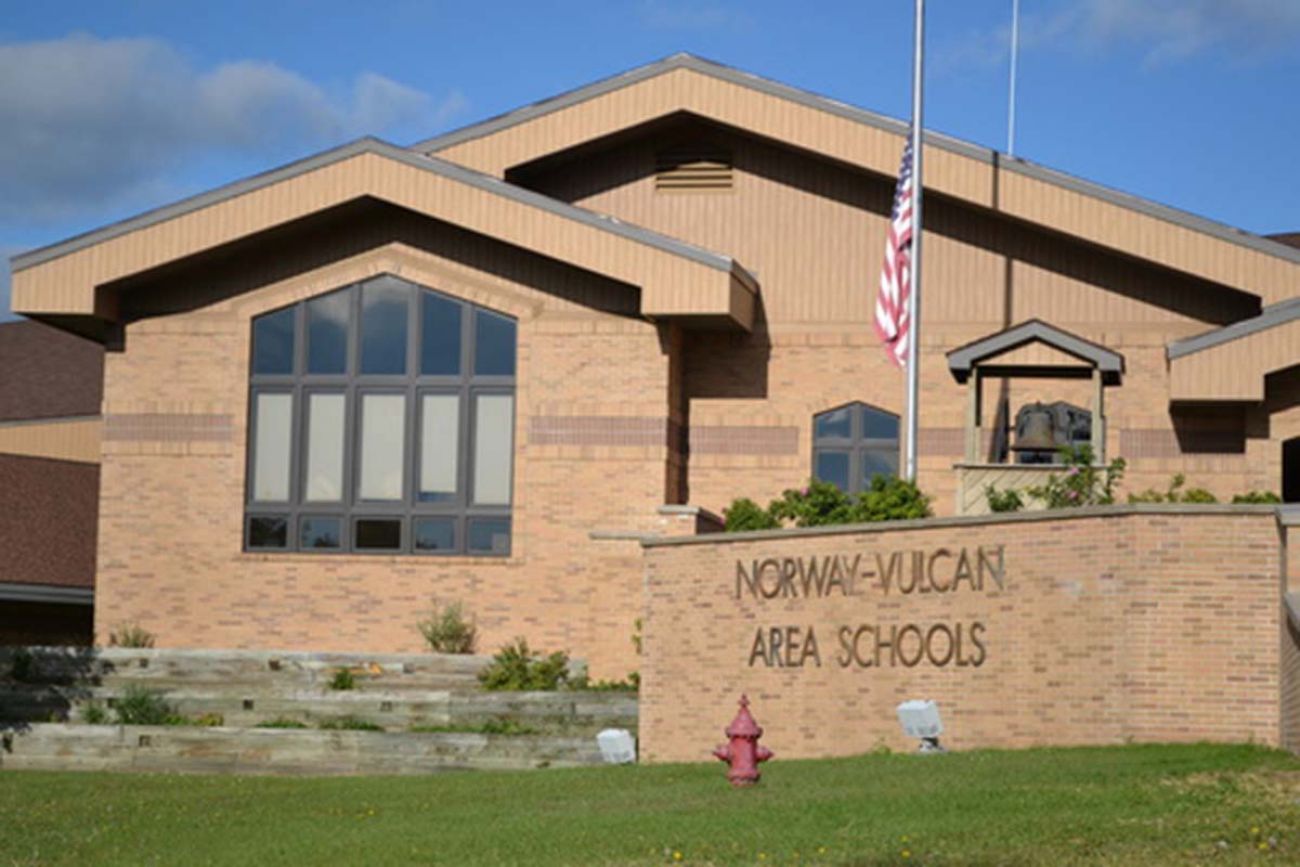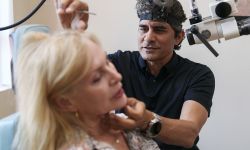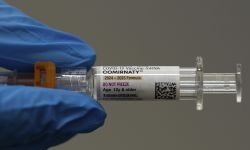At U.P. school, many students felt fine, but 1-in-6 tested COVID positive

Jan. 20: How many COVID cases are in Michigan schools? State has no idea anymore
Norway Elementary School was already teetering on the edge of closure when kids began arriving for school last Wednesday.
COVID cases were rising rapidly among students and school staff in the small, one-building district in the Upper Peninsula near the Wisconsin border. The elementary was “one employee away” from not being able to staff all the classrooms, said Norway-Vulcan Superintendent Lou Steigerwald.
That morning, several students showed up feeling sick. A school official gave them quick COVID tests and several were positive. A kindergarten teacher had learned she was infected the night before, and three kindergartners tested positive Wednesday.
Related:
- COVID may be here to stay. So much of Michigan is weighing risks, moving on
- U-M study: Ivermectin doesn’t treat COVID, but insurers pay for it anyway
- Mailbox-bound: Free COVID tests now available for Michigan homes
- Omicron requires a better mask. How to choose one that’s best for you.
- For Michigan parents, a hellscape of nasal swabs, missed work and fury
- As omicron rages, rural Michigan shrugs shoulders and resists vaccine
- Michigan to end most contact tracing as COVID overwhelms effort
So school officials began giving COVID tests classroom-by-classroom and the numbers grew. By the time school let out, 17 percent — a staggering one in six elementary students, nearly all of them asymptomatic and, presumably, unaware they had the virus — tested positive in one day.
Steigerwald told Bridge Michigan he had little choice but to switch the district’s roughly 250 elementary school students to online learning.
“In all my years in education,” he said, “I’ve never seen anything like it.”
Michigan schools are under intense pressure to keep their doors open: from exhausted parents looking for a return to normalcy (and their day jobs), studies indicating many children are struggling in remote settings, and state policies that financially penalize districts for not meeting the state’s minimum requirement for hours and days of in-class learning during the school year.
Some Michigan districts, including Detroit and Battle Creek, delayed a return to in-school classes after the holiday to sidestep the worst of the omicron variant. The Great Lakes Education Project (GLEP) recently blasted schools that switched to remote learning, accusing “school bureaucrats” of “locking out” students.
Adding to the in-classroom push is a recent Michigan State University study that found Michigan children who learned online in the 2020-21 school year learned less than those who were in classrooms.
But Norway Elementary’s experience offers a glimpse of the challenges faced by schools across Michigan in keeping classrooms open while a highly contagious variant raises COVID case and hospitalization levels to record highs.
“What are we supposed to do?” a frustrated Steigerwald said to Bridge. “We’re being told to keep the kids in school, but at the same time, we’re seeing (infection) numbers higher than we’ve ever seen before.”
It’s not clear how many schools across Michigan are facing the same COVID battle as this rural 600-student district near Iron Mountain. School outbreak data is released once a week by the state and contains a tally that lags by at least five days. That data also only includes cases that are linked to spread in schools, and excludes cases in which COVID-positive students may have been infected outside of school.
Steigerwald said he’s not aware of other school districts in the western U.P. that have closed to in-class instruction from omicron.
Beth DeShone, executive director of GLEP, told Bridge the urge to close schools when COVID infections are high is part of a misconception about where students get infected. “We’re seeing everyone from Dr. Fauci on down saying schools are the safest places for kiddos,” she said.
Still, Steigerwald said, he felt the numbers left him little choice.
While not ordering a closure, the Dickinson-Iron District Health Department told the superintendent it would recommend closing the elementary if a similar percentage of students had another infectious illness, such as the flu.
Also weighing into the decision was the fact that many students who tested positive Wednesday didn’t look or act sick — meaning parents wouldn’t necessarily know to withhold them from school, where they could spread the virus to classmates or teachers.
“The other challenge we’re seeing is that when some people are first feeling sick, we’re testing them and they’re coming up negative, and then a couple days later, they’re coming up positive,” Steigerwald said. “False negatives like that are obviously a problem, because you’re turning someone back into a classroom thinking they just have a cold, and they may well have the omicron variant.”
False negatives and positives occur more often with the omicron variant, studies show.
Norway Elementary moved to online learning Thursday, and will remain remote until next Monday. Middle and high school students, who are in different areas of the same building, are continuing to attend in-person for now, though “we’re starting to see numbers (rise) in middle school,” Steigerwald said.
“I know there’s political pressure to keep schools open,” he said. “But we could not keep those kids in classrooms with a 17-percent positivity rate in good conscience (because infected students could spread the virus to others). You can say you want to keep (schools) open, but if we don’t have the staff it doesn’t matter.”
Michigan Education Watch
Michigan Education Watch is made possible by generous financial support from:
Subscribe to Michigan Education Watch
See what new members are saying about why they donated to Bridge Michigan:
- “In order for this information to be accurate and unbiased it must be underwritten by its readers, not by special interests.” - Larry S.
- “Not many other media sources report on the topics Bridge does.” - Susan B.
- “Your journalism is outstanding and rare these days.” - Mark S.
If you want to ensure the future of nonpartisan, nonprofit Michigan journalism, please become a member today. You, too, will be asked why you donated and maybe we'll feature your quote next time!






